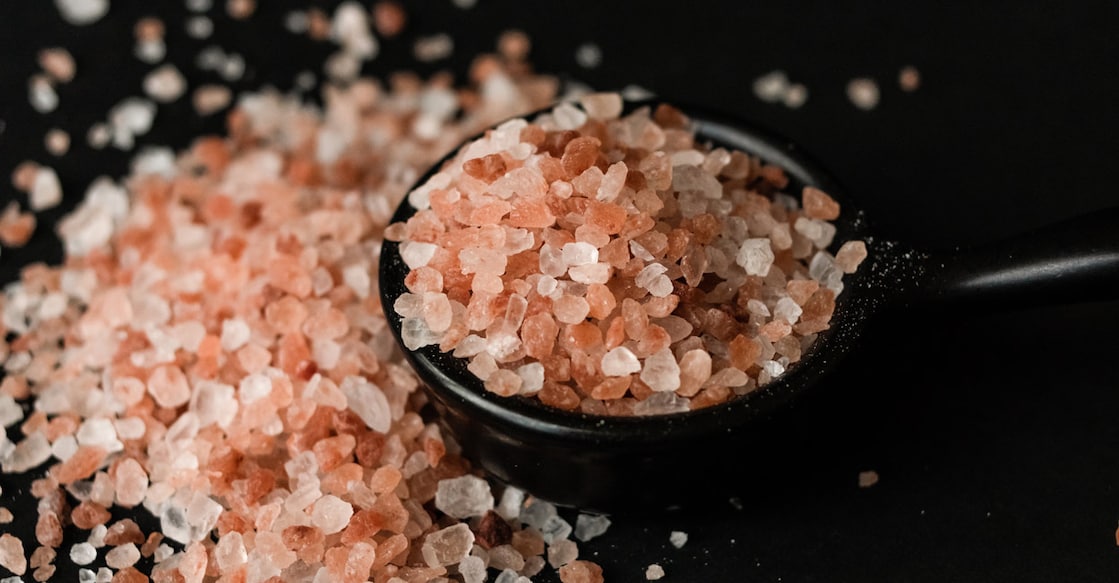How India-Pak tensions could shake up your supply of Himalayan pink salt

Mail This Article
In the heart of Indian kitchens, Himalayan pink salt—known locally as Sendha Namak—has long been cherished for its delicate flavour, mineral richness, and significance in traditional practices. Mined from Pakistan's Khewra Salt Mine, this rose-tinted seasoning has been used in everything from fasting rituals to detox waters. But now, a pinch of it may come at a cost.
On May 2, 2025, the Directorate General of Foreign Trade (DGFT) and the Directorate General of Shipping imposed a full ban on imports from Pakistan, including goods routed through third countries. The move came in response to rising tensions between the two nations following a deadly militant attack in Kashmir that left 26 tourists dead. The ban also prohibits Pakistani vessels from docking at Indian ports, cutting off all formal trade routes.
Official data shows that trade between India and Pakistan had been dwindling since the 2019 Pulwama attack. From April 2024 to January 2025, imports were already down to just around $0.42 million. Among the few products still crossing borders? Figs, herbs, and that unmistakable pink salt.
With supply lines now effectively cut off, prices of Himalayan pink salt are likely to inch upward. Indian retailers may look to global alternatives—such as pink salts from Bolivia or Peru—but these often come with a higher price tag and subtle differences in taste and mineral makeup.
If you're looking for homegrown options, Indian rock salt (also called Sendha Namak) is widely available and locally sourced. While it may not offer the same rosy hue or exotic appeal, it serves many of the same culinary and wellness purposes.

